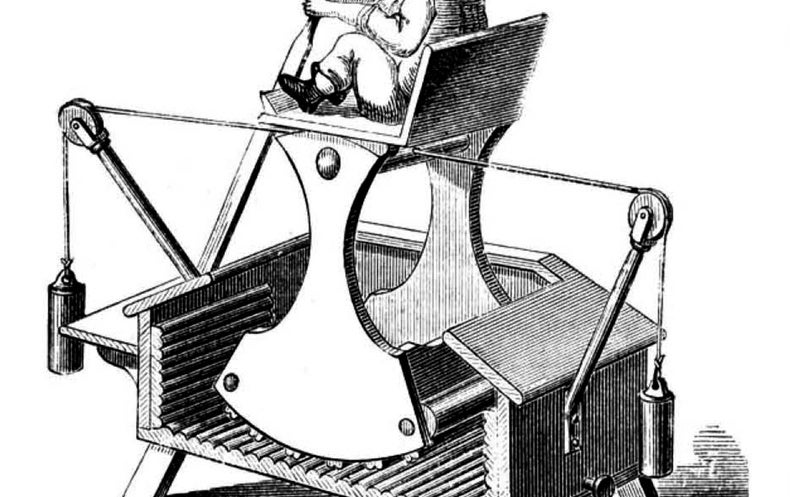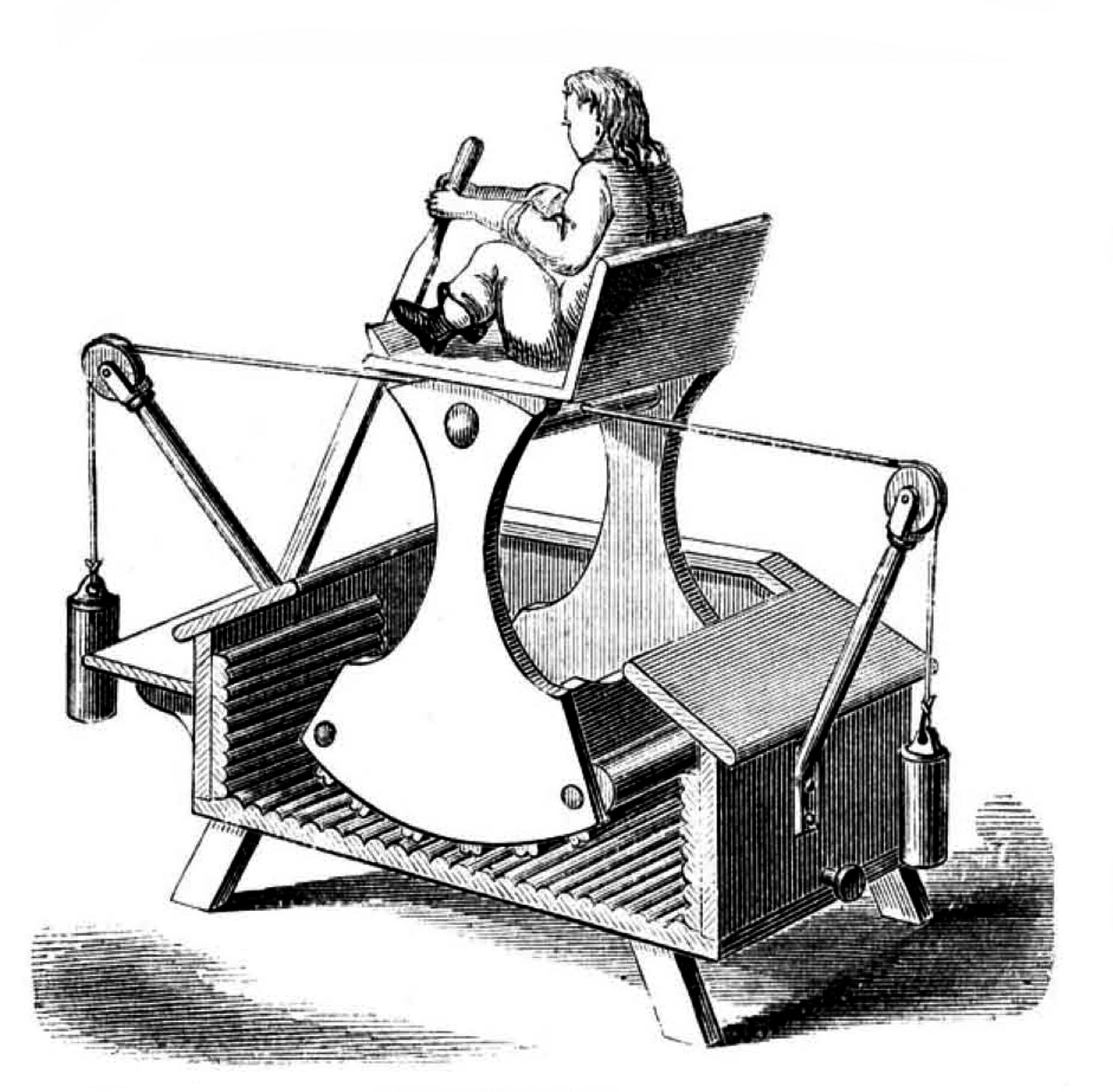|
Medicine by Alexandros G. Sfakianakis,Anapafseos 5 Agios Nikolaos 72100 Crete Greece,00302841026182,00306932607174,alsfakia@gmail.com,
Αρχειοθήκη ιστολογίου
-
►
2023
(272)
- ► Φεβρουαρίου (141)
- ► Ιανουαρίου (131)
-
►
2022
(2066)
- ► Δεκεμβρίου (80)
- ► Σεπτεμβρίου (170)
- ► Φεβρουαρίου (190)
- ► Ιανουαρίου (203)
-
▼
2021
(7399)
- ► Δεκεμβρίου (186)
- ► Σεπτεμβρίου (472)
-
▼
Μαρτίου
(745)
-
▼
Μαρ 07
(50)
- In vitro activity of itraconazole against SARS‐CoV‐2
- Baseline serum exosome‐derived miRNAs predict HBeA...
- Healthcare disparities among anticoagulation thera...
- Anti-Inflammatory Investigations of Extracts of Za...
- Development and Application of Artificial Intellig...
- Tian-Huang Formula, a Traditional Chinese Medicina...
- Video-based eye tracking performance for computer-...
- 50, 100 & 150 Years Ago: March 2021
- Impact of the extent of axillary surgery in patien...
- Bevacizumab in recurrent ovarian cancer: could it ...
- Noncoding RNAs as potential biomarkers for DIPG di...
- MiR-92 overexpression suppresses immune cell funct...
- miR-144-3p increases radiosensibility of gastric c...
- miR-143-3p inhibits proliferation and invasion of ...
- Research on CRISPR/system in major cancers and its...
- The correlation of 18 F-FDG PET/CT metabolic param...
- Relationship between tumor cell infiltration and 5...
- Patterns of treatment failure in patients with pro...
- Influence of glioblastoma contact with the subvent...
- SMARCA4 promotes benign skin malignant transformat...
- Identifying a novel 5-gene signature predicting cl...
- Paeonol inhibits proliferation and induces cell ap...
- Head-to-head comparison of two rapid high-throughp...
- Midazolam for sedation before procedures in adults...
- COVID-19 related increase in childhood tics and ti...
- Longitudinal assessment of anti-SARS-CoV-2 immune ...
- Sex differences in the evolution of neutralizing a...
- Shedding of culturable virus, seroconversion, and ...
- Failure of nonoperative management in patients wit...
- Bartonella Neuroretinitis
- Nucleoside‐modified messenger RNA (modRNA) COVID‐1...
- The role of teicoplanin in the treatment of SARS‐C...
- Is obesity a manifestation of systemic racism? A t...
- Systematic literature review of neutralizing antib...
- Voltammetry of 7-dehydrocholesterol as a new and u...
- Non-specific effects of BCG vaccination on neutrop...
- Hearing about the Big Bang for the First Time
- Characterization of pyridine biodegradation by two...
- Enhanced removal of arsenic from water by using su...
- Induction of apoptosis in Trypanosoma brucei follo...
- [Series] Revisiting maternal and child undernutrit...
- [Series] Mobilising evidence, data, and resources ...
- Postnatal Major Depressive Disorder
- Do Probiotics During In-Hospital Antibiotic Treatm...
- Prevalence and Factors Associated With Body Pain
- Systematic Review of Potential Occupational Respir...
- Preoperative tracheotomy as reflection of tumor si...
- The aspartate aminotransaminase/alanine aminotrans...
- Non-negative matrix factorization-based time-frequ...
- Mu-Opioid Receptor Expression in Laryngeal Cancer
-
▼
Μαρ 07
(50)
- ► Φεβρουαρίου (851)
-
►
2020
(2517)
- ► Δεκεμβρίου (792)
- ► Σεπτεμβρίου (21)
- ► Φεβρουαρίου (28)
-
►
2019
(12076)
- ► Δεκεμβρίου (19)
- ► Σεπτεμβρίου (54)
- ► Φεβρουαρίου (4765)
- ► Ιανουαρίου (5155)
-
►
2018
(3144)
- ► Δεκεμβρίου (3144)
Ετικέτες
Πληροφορίες
Κυριακή 7 Μαρτίου 2021
In vitro activity of itraconazole against SARS‐CoV‐2
Baseline serum exosome‐derived miRNAs predict HBeAg seroconversion in chronic hepatitis B patients treated with peginterferon
|
Healthcare disparities among anticoagulation therapies for severe COVID‐19 patients in the multi‐site VIRUS registry
|
Anti-Inflammatory Investigations of Extracts of Zanthoxylum rhetsa
|
Development and Application of Artificial Intelligence in Auxiliary TCM Diagnosis
|
Tian-Huang Formula, a Traditional Chinese Medicinal Prescription, Improves Hepatosteatosis and Glucose Intolerance Targeting AKT-SREBP Nexus in Diet-Induced Obese Rats
|
Video-based eye tracking performance for computer-assisted diagnostic support of diabetic neuropathy
|
50, 100 & 150 Years Ago: March 2021
|
Impact of the extent of axillary surgery in patients with N2–3 disease in the de-escalation era: a propensity score-matched study
|
Bevacizumab in recurrent ovarian cancer: could it be particularly effective in patients with clear cell carcinoma?
|
Noncoding RNAs as potential biomarkers for DIPG diagnosis and prognosis: XIST and XIST-210 involvement
|
MiR-92 overexpression suppresses immune cell function in ovarian cancer via LATS2/YAP1/PD-L1 pathway
|
Αναζήτηση αυτού του ιστολογίου
! # Ola via Alexandros G.Sfakianakis on Inoreader
-
Does CBD Oil Lower Blood Pressure? This article was originally published at SundayScaries." Madeline Taylor POSTED ON January 13, 20...
-
Abstract Purpose Clinicians must balance the risks from hypotension with the potential adverse effects of vasopressors. Experts have rec...





